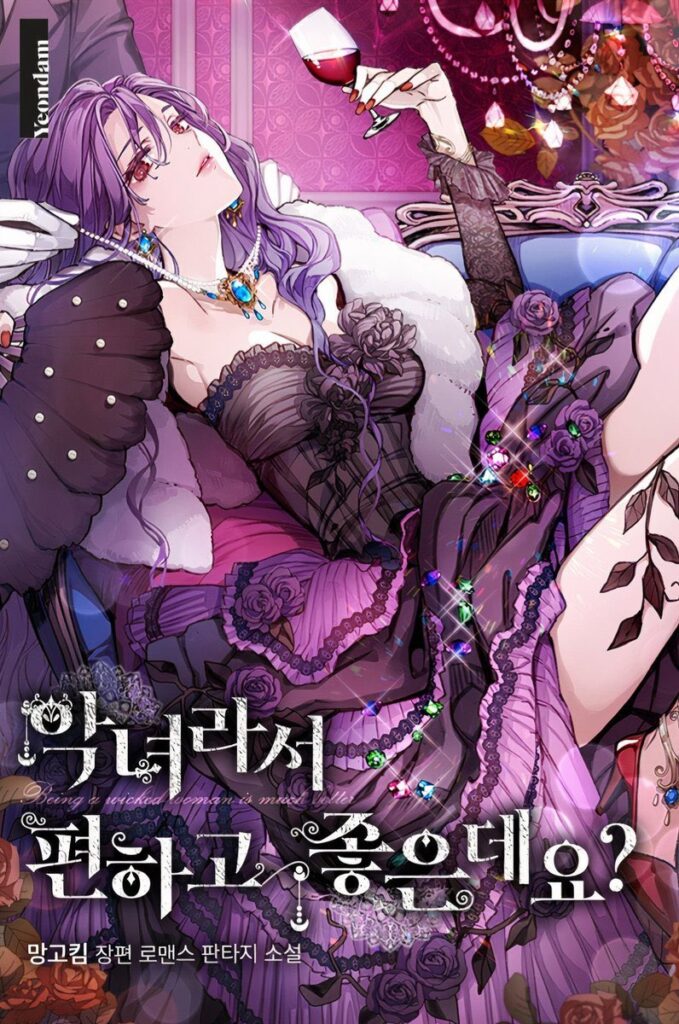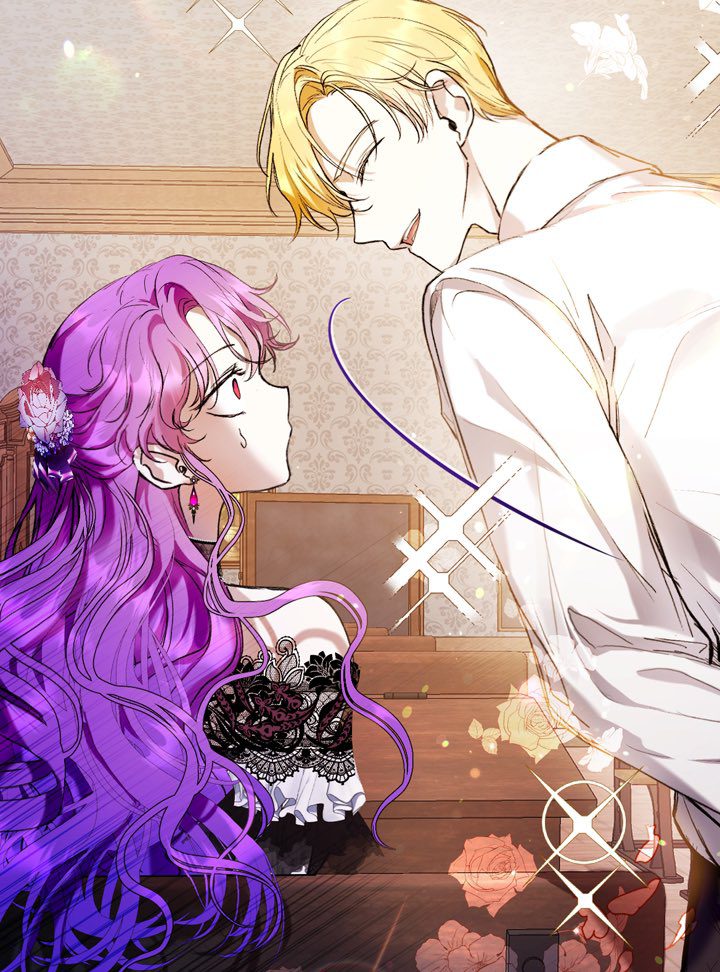The villainess trope in manga has been gaining significant attention, especially in the realm of shoujo manga. This trope typically centers around female characters who find themselves in a negative light, often portrayed as the antagonist in a story where they challenge the heroine or engage in acts of villainy.
However, as readers delve deeper into the genre, many begin to question the portrayal of these villainous characters. What’s wrong with being the villainess? Could there be a fresh perspective on this often misunderstood archetype? Let’s take a closer look.
Understanding the Villainess Trope in Manga
Before we explore the nuances of the villainess trope, it’s essential to understand what it generally entails. In manga, particularly in the shoujo genre, the villainess is typically an antagonist or rival to the protagonist, usually driven by jealousy, ambition, or revenge. These characters often stand in stark contrast to the pure and kind-hearted heroine, who is typically the object of romantic interest.
A common theme in many isekai (another world) or reincarnation-based manga, where a character from the real world is transported to a fictional world or wakes up in the body of a villainess, is the moment when the female lead realizes her role as the antagonist. These stories often explore the personal growth of the villainess, who is usually portrayed in a negative light, leading her to reconsider her actions and motives.

The shift from villainess to heroine—or sometimes an anti-heroine—has been one of the key driving factors for the success of this trope in recent years. Series like “The Villainess Is a Marionette” and “I’m the Villainess, So I’m Taming the Final Boss” have proven that readers are interested in seeing these characters evolve and develop beyond their initial role as antagonists.
What’s Wrong with Being the Villainess?
When we ask, “What’s wrong with being the villainess?” we’re questioning the often one-dimensional portrayal of these characters. In many cases, the villainess is shown as the antagonist, whose sole purpose is to make the heroine’s life difficult. She is vilified for traits like ambition, competitiveness, and power-seeking, qualities that are often celebrated in male characters or even in heroes.
Here are some points to consider:
- One-Dimensional Characterization: In classic portrayals, villainesses are often reduced to mere obstacles for the heroine to overcome. They are given little depth beyond their desire for revenge or power. This lack of characterization makes them appear unrelatable, with motivations that feel shallow or unexplored.
- Societal Bias Against Ambition in Women: One of the most interesting aspects of the villainess trope is how it often reflects societal biases. Women who are ambitious, assertive, or unapologetic are often labeled as “villainesses” in contrast to more passive or docile female characters who are favored in traditional narratives. This reflects deeper cultural attitudes that judge women for pursuing their own desires or seeking power.
- Overused Narrative Structure: Another issue with the villainess trope is that it can feel formulaic. The narrative structure typically follows the pattern of a “rags to riches” storyline, where the villainess is presented as a flawed character, only to later undergo significant character development and change her ways. While this arc can be empowering, the overuse of this formula makes the trope feel predictable and tired.
A Fresh Perspective on the Villainess Trope
Instead of viewing the villainess character as someone to be vilified, why not explore the possibility that she’s more than just the antagonist? A fresh perspective on the villainess trope would examine the complexity of these characters, their motivations, and the societal forces that shape their actions.
1. Empowering the Villainess
By focusing on the villainess’s backstory, motivations, and growth, writers can give her more depth and complexity. Rather than portraying her as a mere obstacle for the heroine to defeat, why not present her as a fully realized character with her own desires, struggles, and vulnerabilities? This perspective can help readers see her not as a villain, but as a person trying to navigate a complicated world. Empowering the villainess means providing her with opportunities for growth, allowing her to make choices that are meaningful and not just reactive.
2. Challenging Gender Norms
The villainess trope can also be an opportunity to challenge gender norms. The idea that women should be kind, nurturing, and self-sacrificial is deeply ingrained in many cultures. By presenting a villainess who challenges these expectations—who is unapologetically ambitious, assertive, and self-serving—we open up space for a broader understanding of what it means to be a woman. A villainess who embraces her own desires and flaws doesn’t need to be “redeemed” to be valuable; she can simply exist as she is.
3. Complex Moral Choices
In many stories, villainesses are painted with a broad brush as “evil” or “bad.” However, what if the villainess’s actions were not so black and white? A fresh perspective on the villainess trope would allow these characters to make complex moral choices. Perhaps the villainess is fighting for a cause she believes in, even if her methods are questionable. She may not be entirely wrong, and her journey may not be about redemption but about making peace with who she is and the choices she’s made.
4. Romanticizing the Villainess
Another interesting twist to the villainess trope is the concept of romanticizing her. While the heroine often wins the affections of the hero, why not allow the villainess to have her own romantic arc? Some of the most compelling stories come from seeing a character who is not expected to be loved or desired find happiness in love. The romantic pairing between the villainess and a more unexpected character could offer a refreshing new take on the traditional love triangle.
Shoujo Manga and the Villainess Trope
In the world of shoujo manga, the villainess trope is particularly pronounced. Shoujo manga, with its focus on romance and relationships, often presents a conflict between the heroine and the villainess, with the latter trying to steal the heart of the male lead.

However, as audiences have become more discerning, there has been a shift toward more nuanced portrayals of these female characters. In some stories, the villainess is given a chance to explore her feelings, motivations, and backstory, creating more sympathy for her character.
Shoujo manga like “Bakarina: My Next Life as a Villainess” takes the traditional villainess trope and flips it on its head. The protagonist, Catarina Claes, is reincarnated into the world of a romance novel as the villainess, but instead of playing the antagonist, she inadvertently works to avoid the bad endings predicted for her character. This allows her to evolve and grow, showing readers that the “villainess” is not inherently bad, but shaped by circumstances.
The villainess trope in manga has long been a staple, particularly in shoujo manga, but there’s much more to these characters than just their role as the antagonist. A fresh perspective on the villainess challenges traditional narratives, empowering these characters and making their journeys more complex and meaningful.
By focusing on their motivations, struggles, and growth, we can see that the villainess is not simply the villain—she’s a multifaceted character deserving of understanding and empathy.
As manga fans continue to explore this trope, it’s important to engage with these stories with a critical eye and appreciate the depth that the villainess can offer. Whether you’re reading through your favorite manga website or diving into the world of isekai or historical shoujo manga, the next time you encounter a villainess, consider her perspective—because there’s much more to her than meets the eye.






